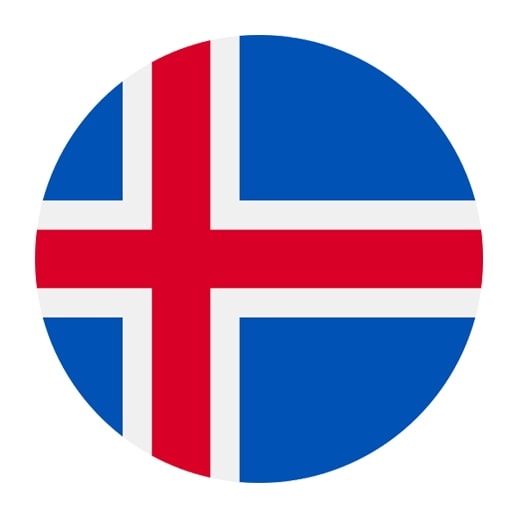Icelandic Grammar
Explore the fascinating structure of Icelandic by learning its fundamental grammar rules. Mastering Icelandic grammar will help you communicate effectively and connect more deeply with Iceland’s unique culture and history. Start learning Icelandic grammar today and take your first step toward fluency!
Get started
The most efficient way to learn a language
Try Talkpal for freeThe Magic of Icelandic Grammar: Unlocking the Secrets of the Viking Tongue
Introduction: Icelandic, the Land of Fire and Ice
The Icelandic language, spoken by the people of the stunning island nation of Iceland, is renowned for its rich history, captivating poetic tradition, and exceptional ability to adapt and evolve with the times. Descended from Old Norse, Icelandic has a special charm that enthralls language-lovers and aspiring polyglots. So, fasten your seat belts, folks! We’re about to dive into the beautiful, complex world of Icelandic grammar, unraveling its mysteries and discovering its hidden treasures along the way.
1. Runic Scripts to Latin Alphabet: A Story of Transformation
The Icelandic alphabet is an adventure in itself, consisting of 32 characters that originate from various historical roots. While it’s primarily based on the Latin script, the alphabet retains some distinctive characters from the runic script of its ancient Norse forebearers. Mastering these characters is the first hurdle in learning the language, but with practice, you’ll be a master in no time!
2. Noun Mastery: Getting to the Roots of Icelandic Grammar
One of the core features of Icelandic grammar is the inflection of nouns by gender, number, and case. Icelandic nouns can be feminine, masculine, or neuter, and each gender comes with its unique set of rules for declension. Although this might seem like a linguistic rollercoaster ride, understanding these intricacies is essential to grasping the language as a whole. The knowledge you gain will open up a world of possibilities for expressing a range of subtle and complex meanings – the true glory of Icelandic grammar!
3. The Mighty Verb: Icelandic’s Unsung Hero
Like nouns, Icelandic verbs undergo an extensive transformation depending on their tense, mood, and the subject’s person and number. This intricate system can be daunting at first but bear with me! As you learn the regular patterns and irregular oddities, you’ll begin to see how elegant and versatile Icelandic verb conjugation can be. Conquering the Icelandic verbs will unlock the power to express thoughts, feelings, and actions with precision and creativity.
4. Word Order: Icelandic’s Flexible Backbone
In contrast to the rigidity of some elements of Icelandic grammar, the language offers flexibility in word ordering. This means you can put the subject, verb, and object in various arrangements as long as you maintain agreement in gender, number, cases, and more – you’ll unleash the artist in you! Adapting your sentences in this playful manner can help create emphasis, nuance, and a conversational tone, making your speech more engaging and enjoyable.
5. Embrace the Culture: Discover the Pulse of the Icelandic Language
The Icelandic language cannot be divorced from its cultural roots, with its strong bonds to the sagas, the Eddas, and the nation’s unique history and worldview. To truly immerse yourself in the language, embrace its context wholeheartedly. Dive into its folklore, devour its literary treasures, and engage with native speakers. This approach is key to achieving both linguistic proficiency and a deeper connection with the Icelandic people and their rich cultural heritage.
Conclusion: An Icelandic Grammar Journey Worth Taking
Although Icelandic grammar may seem like a formidable challenge, the rewards are abundant for those who take the plunge. With perseverance, a keen interest in the culture, and a generous sprinkling of curiosity, you’ll find yourself captivated by the intricacies of the Icelandic language. So, join us in this adventure and uncover the magic of Icelandic grammar, one thrilling step at a time.








